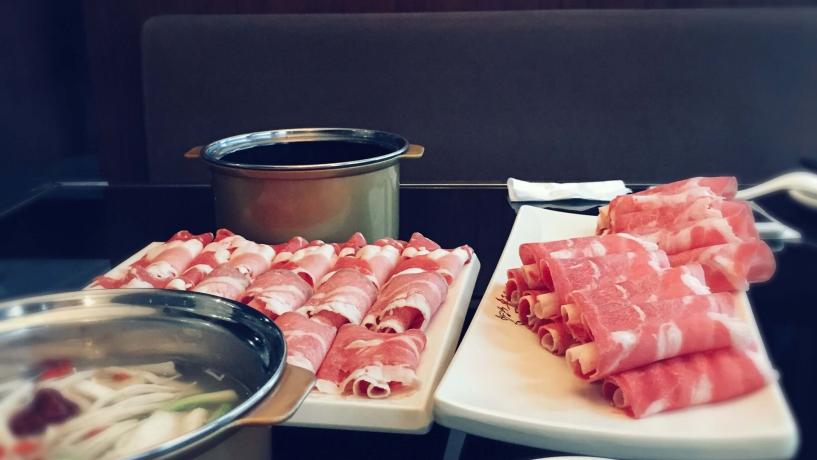
When it comes to keeping food safe, food storage is a major issue. Food which is not correctly stored can spoil or become contaminated, which can then lead to making people sick.
Food storage refers to food which is kept it the fridge, freezer, pantry or in some instances a warming receptacle. There are very specific rules regarding the temperatures that food must be stored at, cooked to and reheated to and if not followed, can result in becoming ill and increase the risk of contamination.
Ensuring that food is properly stored goes a long way towards maintaining a high level of food safety and keeping yourself and others safe. One of the first things to check regarding food which has been stored in the ‘use-by’ or ‘best-before’ dates printed on the packaging.
These dates will give you the most accurate indication of a food’s shelf life, however, when a packet or can is opened, the expiry date almost always changes.
Food should be stored in clean, dry, sanitary containers that are airtight if possible. This will help keep food for longer and reduce the risk of contamination. Food should also be stored off the floor when possible in order to help prevent against pests and other contamination.
Always remember that it is better to be cautious when it comes to food safety and ‘if in doubt, throw it out.’
Refrigerating and Freezing Food
To reduce the risk of bacterial contamination, many foods must be stored in the refrigerator and thus kept below 5 degrees Celsius. These foods are often classified as ‘high-risk foods’ and include – meat, poultry, dairy, seafood, eggs, smallgoods and cooked rice and pasta. This also refers to ready-to-eat foods that have high-risk foods as ingredients and include – casseroles, quiche, pasta salad, pizza, sandwiches and many cakes.
By keeping these high-risk foods under 5 degrees Celsius it stops them from entering the ‘danger-zone’ – temperatures between 5 degrees Celsius and 60 degrees Celsius. The danger-zone is the temperature zone which provides bacteria with the perfect environment to rapidly grow and multiply to numbers that cause food poisoning.
By freezing food its longevity is increased because the water content of the food freezes – this prevents bacteria from multiplying and food spoiling. Food should be kept frozen at -18 degrees Celsius and when thawing, it should be stored in a refrigerator that reaches no more than 5 degrees Celsius until it is ready to be prepared.
However freezing food does not eliminate bacteria and when the food thaws, bacteria will begin growing and multiplying again. It is also important to avoid refreezing food which has already been frozen and thawed as food which is frozen for the second time is more likely to have a higher bacteria count.
When refrigerating and freezing food it is important to keep raw and cooked foods separate as well as storing cooked food above raw food to reduce the risk of cross-contamination.
Cooking and Reheating Food
When it comes to cooking and reheating food, temperatures are just as important as storing food. Even if food has been properly frozen or refrigerated there will still likely be some bacteria present so heating food to a safe temperature will lower the risk of food poisoning.
High-risk food must be heated to at least 75 degrees Celsius in order to reduce the number of bacteria to a safe level of consumption. Once the food has been heated to this temperature it should not be allowed to drop under 60 degrees Celsius until it is served. This goes for both cooking and reheating food and the best way to monitor the temperature is to purchase a food thermometer.
After the food has been cooked to this temperature it should be eaten or refrigerated within two hours. Food which has been kept in the Temperature Danger Zone (between 5 – 60 degrees Celsius) for between two and four hours cannot be put back in the refrigerator and must be consumed. Any food which remains in the Temperature Danger Zone for four or more hours must be discarded.
Hot food which is to be refrigerated or frozen should first be put in separate shallow containers to allow it to cool faster, rather than being left in one container. Also, food that is heated in a microwave should be periodically stirred while heating as microwaves rarely evenly cook food.




